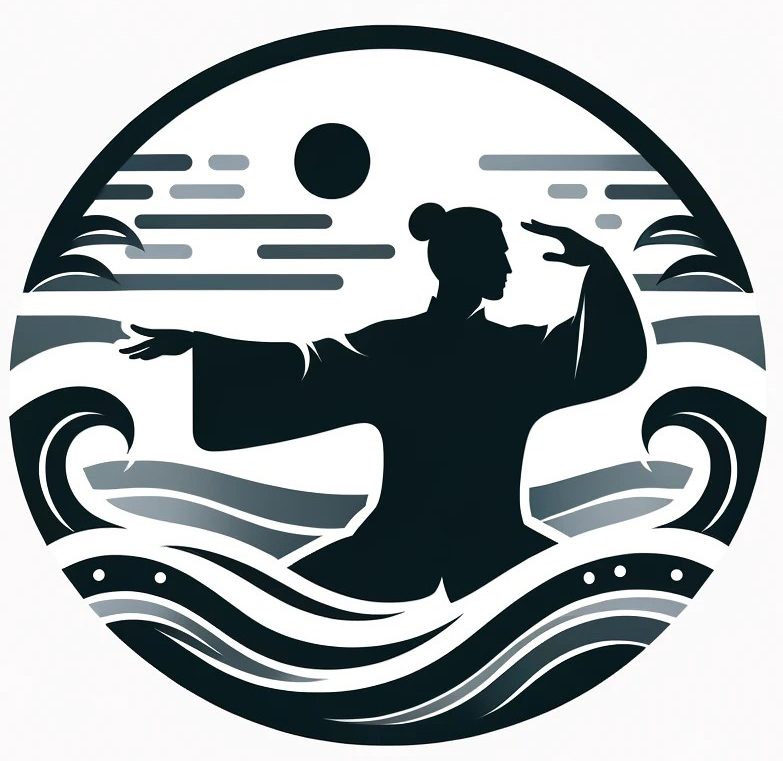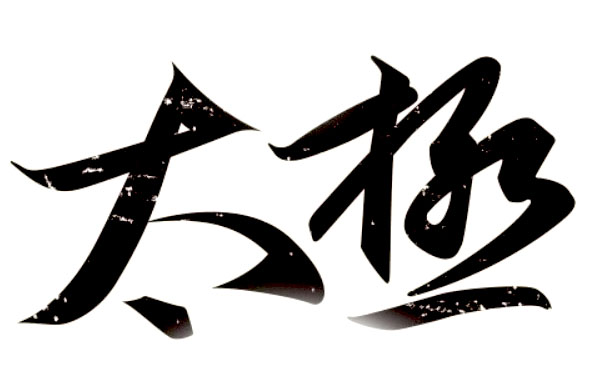Upper Body (上盘)
The region from the top of the head to the neck is referred to as the upper body. It includes the eyes, ears, nose, mouth, tongue, teeth, jaw, and face. The upper body leads the movements of the entire body. Here’s a detailed breakdown:
Neck (项)
- The Baihui acupoint at the top center of the head is the center of the uplifting force. It should be gently lifted upwards as if being suspended. When this uplifting force is correctly applied, the entire body feels light and agile, embodying the essence described in the boxing song as “full body light and nimble.”
Eyes (眼)
- The eyes convey thoughts, direct actions, and observe surroundings. Attention should primarily be directed towards the hypothetical opponent or the direction of foot movement. The gaze should always move forward. When moving backward, the body should turn, but the gaze should remain unchanged, embodying the principle of external softness and internal strength.
Ears (耳)
- Ears supplement the eyes by catching sounds from directions not directly visible. One should always be attentive to sounds from the sides and behind. When practicing Tai Chi with a focused mind, the ears naturally become sharper, picking up even slight sounds.
Nose (鼻)
- The nose is responsible for breathing. Breaths should be even, deep, and prolonged, described as “adjusting breaths to be continuous.”
Mouth (口)
- Lips should naturally close without opening. When exerting force, one can exhale through the mouth or even vocalize to amplify the force. However, one should not inhale through the mouth, as cold air can penetrate the lungs, potentially causing coughing.
Teeth (齿)
- Teeth should naturally clench, but not in a grinding manner.
Tongue (舌)
- The tongue should lie flat against the upper palate, preventing the mouth from drying and excessive saliva production. Some suggest the tongue tip should touch the upper palate, allowing saliva to flow and be swallowed. However, this might interfere with proper breathing during practice. A flat tongue position is recommended.
Jaw (下颚)
- The jaw should slightly retract, helping the neck remain vertical and the uplifting force align properly. Otherwise, there’s a risk of tilting the head backward.
Face (面部)
- The facial expression should be serious yet lively. There are claims about certain Tai Chi masters expressing cold smiles or angry looks to display power during practice. However, it’s advisable to maintain a neutral expression.
Middle Body (中盘)
The region including the spine, chest, waist, and abdomen is referred to as the middle body. The force in the middle body is primarily from the waist. The waist should be relaxed but not weak. As the waist acts like an axle, under the guidance of the uplifting force and direction of the gaze, it rotates to direct the movements of the limbs. The movement of the waist belongs to the body’s technique. The technique should primarily be centered. However, this centrality refers to the dynamic balance during rotational movements, ensuring the body’s center of gravity remains stable.
Spine (脊背)
- With the uplifting force and straightening of the neck, the spine should also be lifted upwards, ensuring the vertebrae align correctly and remain relaxed.
Chest (胸)
- The chest should have a feeling of “containing,” akin to a bell being suspended, rounded externally and hollow inside. This ensures that the lungs are not constricted and can breathe deeply, maximizing lung capacity.
Waist (腰)
- The waist is the hinge between the upper and lower body. It should rotate flexibly to adapt to changing directions, maintaining balance. When stationary, the waist should be centered. However, during significant body movements, it can also move in a spiral motion, similar to the inward tilt when turning on a bicycle.
Abdomen (腹部)
- The area from the chest to above the navel is the abdomen. It should be naturally relaxed and calm, in line with the boxing song’s description of “a relaxed and clear abdomen with rising energy.”


